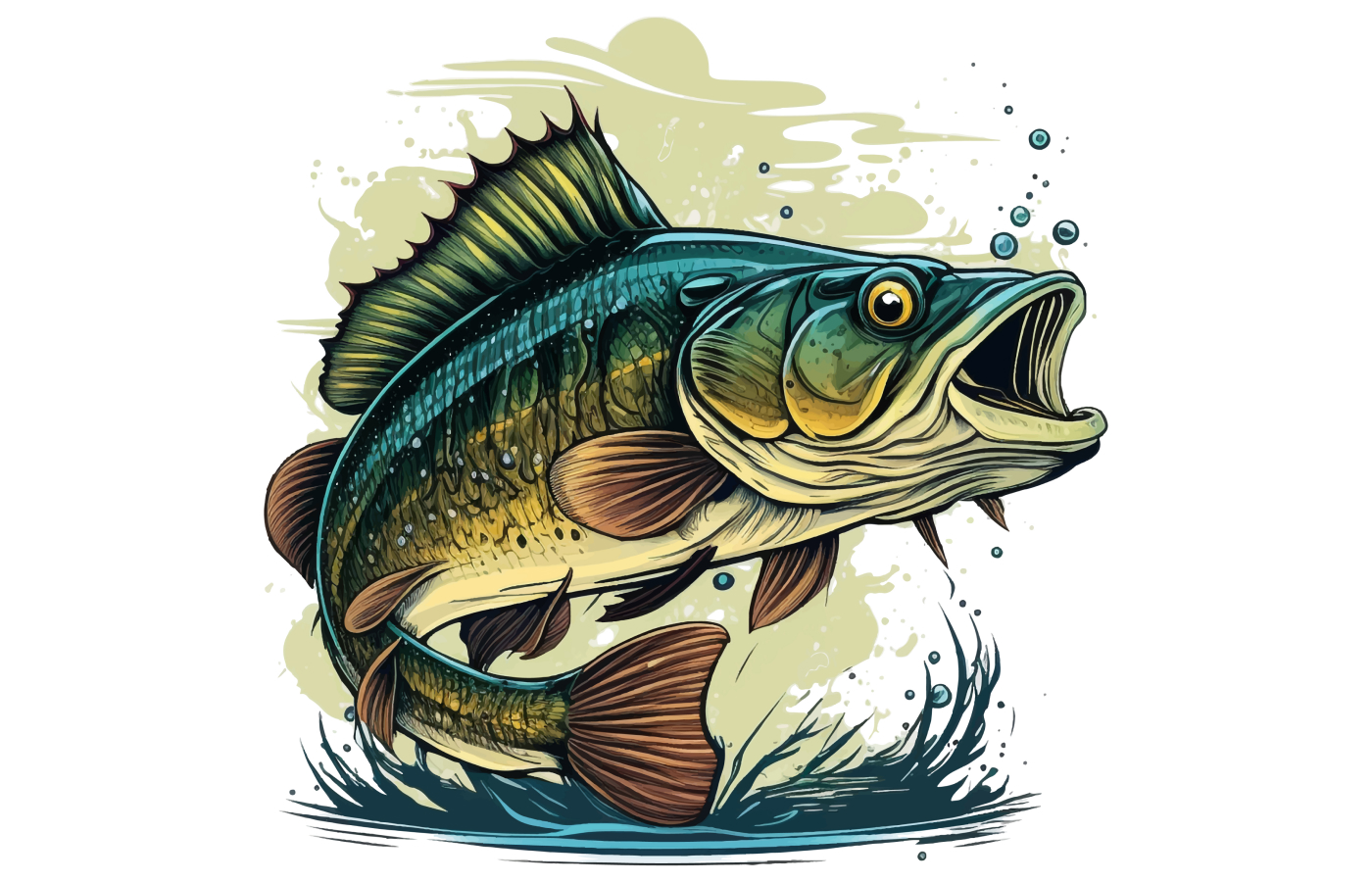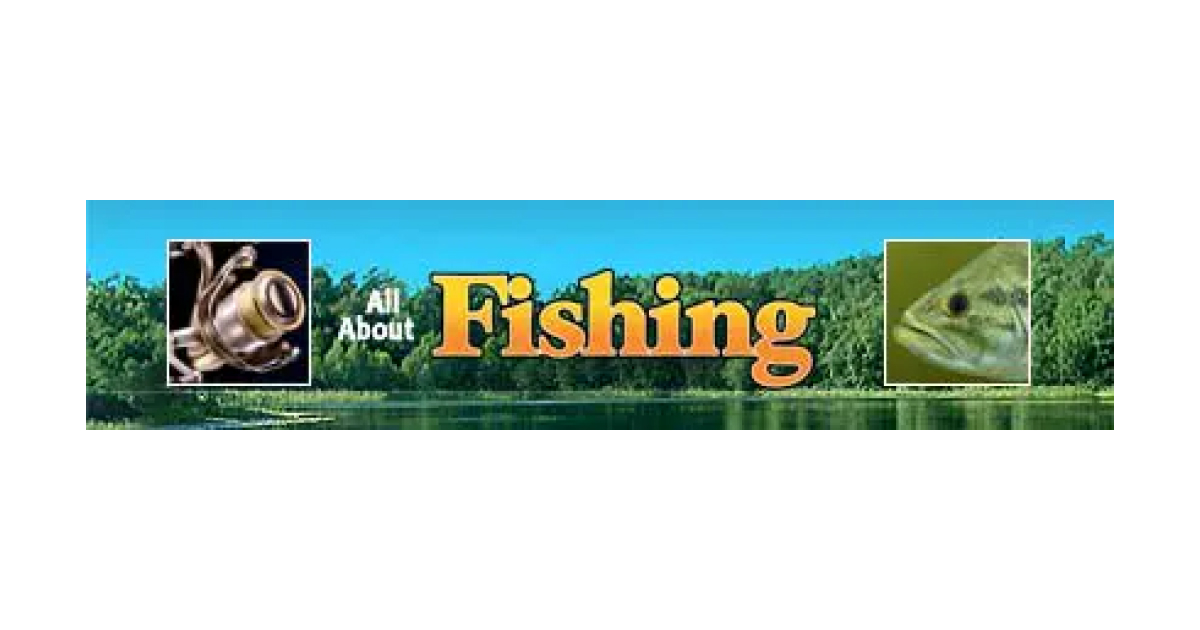All About Fishing
United States
AA-Fishing.com was developed to assist anglers who are just learning to fish, or those going fishing in lakes they are unfamiliar with. Many fisherman think luck is the critical element when fishing.

Main Services:
Fishing information, lake information

In actuality, it is not luck at all. The real critical factor is knowledge. Acquiring knowledge regarding the species you pursue, and knowledge of the specific body of water you plan to fish, can make a world of difference when measuring success of a day on the lake.
Every year, a significant number of individuals discover the joy of fishing, contributing to the ever-growing community of anglers. The allure of this timeless activity attracts newcomers from diverse backgrounds, spanning age groups and interests. Whether enticed by the tranquility of a quiet lakeside retreat or the thrill of catching their first fish, many find solace and excitement in the pursuit of this age-old pastime.
Beginners can start with basic equipment and gradually delve into more advanced tactics as their interest deepens. As the number of new fishing enthusiasts grows annually, it not only reflects the enduring charm of this outdoor pursuit but also highlights its role in fostering a sense of connection with nature and a shared passion for the water.
Understanding the diverse species inhabiting a lake is crucial for anglers venturing into new fishing waters. Each species has distinct behaviors, feeding habits, and preferred environments, making knowledge of the local aquatic population instrumental for a successful fishing experience. This awareness allows anglers to tailor their approach, selecting the right bait, lures, and fishing techniques that align with the targeted species.
Moreover, knowing the resident fish species aids in conservation efforts. Sustainable fishing practices rely on anglers being informed about catch limits, size regulations, and endangered species in a specific area. This knowledge empowers anglers to make responsible choices, contributing to the preservation of the fishery.
Sharing information about local species fosters a sense of community among anglers, creating opportunities for collaboration in fishing success as well as conservation initiatives and the responsible stewardship of aquatic resources. In essence, knowing the spectrum of species in a lake enriches the fishing experience, by understanding the predator-prey relationship of residing species.
Understanding the life cycle of fish species is pivotal for effective and strategic fishing. Fish exhibit various stages throughout the year, and react to their food source which influences their behavior, location, and feeding habits. Anglers who comprehend these cycles gain a substantial advantage in locating and successfully catching fish.
Firstly, knowledge of spawning seasons is critical. Before, during and after the spawn, fish tend to congregate in specific areas, making them more predictable. By aligning fishing trips with these periods, anglers can target areas where fish are likely to be more abundant, increasing their chances of a successful catch. Additionally, awareness of the juvenile stages is crucial. Young fish often inhabit different areas than adults, seeking shelter in shallower waters or specific structures. Anglers familiar with these preferences can tailor their approach to target specific age groups, optimizing their fishing strategy.
Understanding the movement patterns associated with different daily, and annual, movement is equally important. Some species migrate seasonally, while others remain in specific habitats. By tracking these patterns, anglers can adjust their fishing locations accordingly, increasing the likelihood of encountering their desired catch. In essence, comprehending the life cycle of fish enhances an angler’s ability to predict their behavior and location. This knowledge transforms fishing from a game of chance to a strategic pursuit, significantly improving the overall fishing experience.
AA-Fishing provides information about a variety of species to be found in lakes across the United States. These specie include bass, catfish, crappie, trout, sunfish, walleye, striped bass and others. Find information about feeding habits, spawning, seasonal movements and the prey they survive on. Additionally, learn how weather and water conditions affect their movements and migrations.
Additionally, this website provides elaborate details for each of nearly a thousand lakes. These details include lake location, size, fish species, weather, boat ramps, marinas, campgrounds, contact information and useful amenities located at, o\r nearby the lake.
When planning your next fishing trip, take a few minutes to gather information about the fish species you are after, and the body of water you plan to fish. It will be time well spent and should enhance your chance for catching fish!



